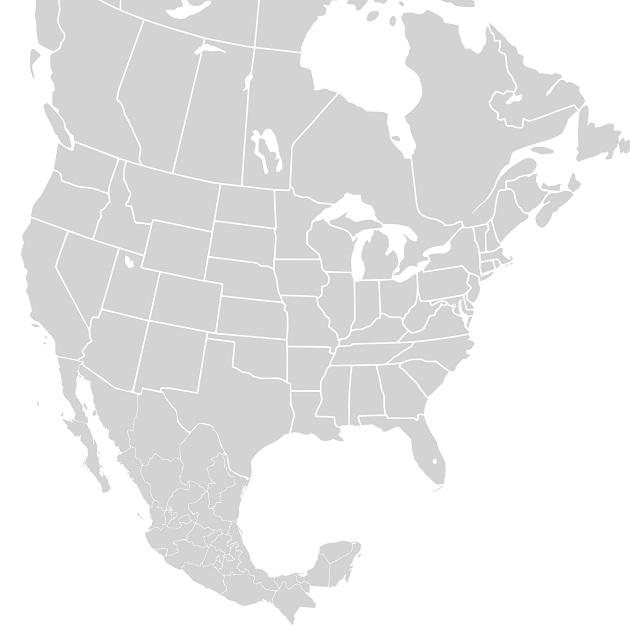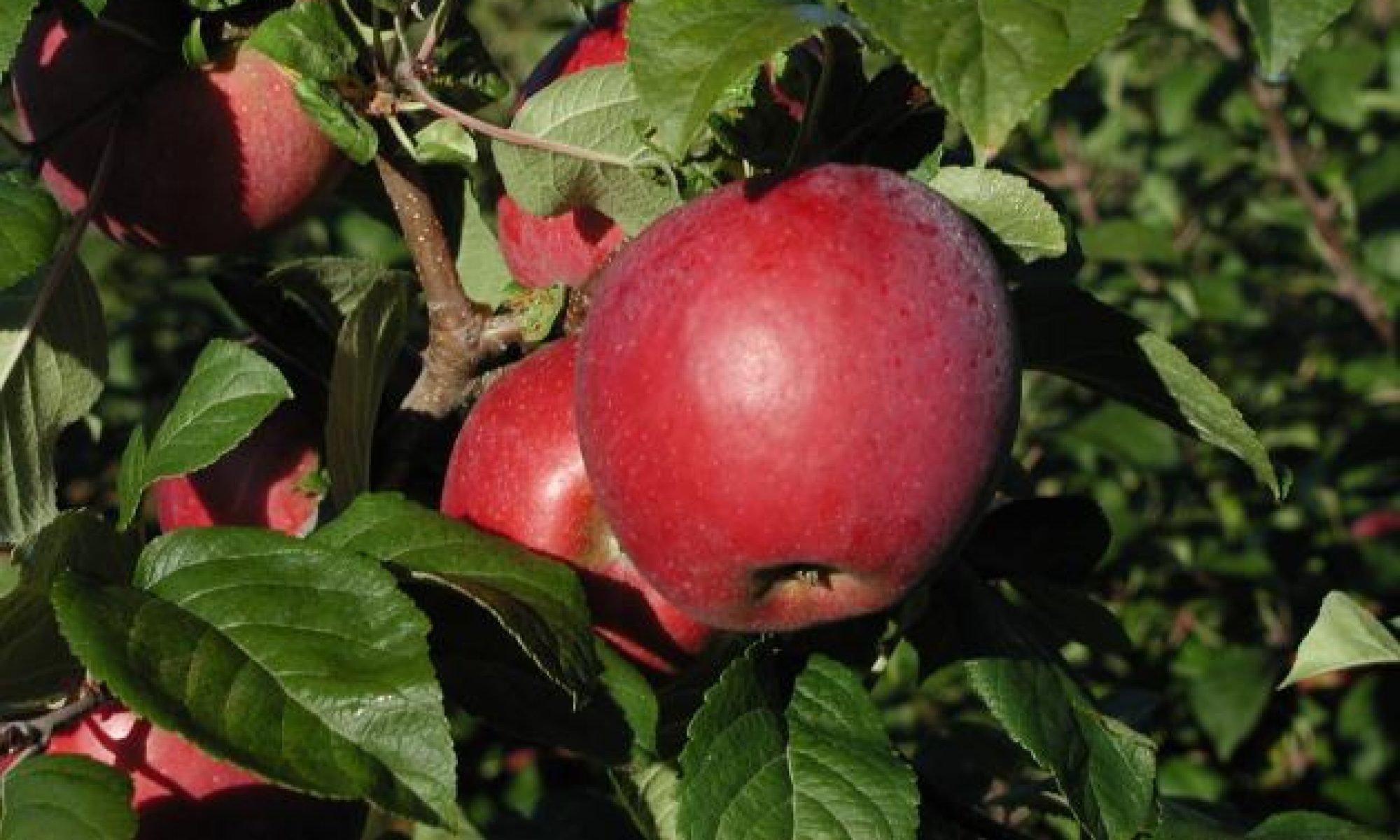| Characteristic | Detail | Description |
|---|---|---|
| Rootstock | G.202 |
G.202 is a semi-dwarfing rootstock that produces a tree slightly larger than M.26. It is a cross of Malling 27 and Robusta 5. It is fire blight and phytophthora resistant, but also has good resistance to woolly apple aphid, which is important in many warmer climates where woolly apple aphid is a rootstock pest. G.202 performs very moderately well in the stoolbed and produces good quality nursery trees. G.202 has been tested mostly in New |
Apple Rootstock info: B.10
| Characteristic | Detail | Description |
|---|---|---|
| Rootstock | B.10 |
Formerly Bud. 62-396. It is a release from the Michurinsk University of Agriculture (Russia) breeding program, which is trying to select for improved winter hardiness. A 10-year trial in Pennsylvania with Golden Delicious as the scion cultivar showed that trees on this rootstock were similar in size to trees on G.935 and M.9 T337 (15 percent smaller). Main scaffold branch angle was close to 90 degrees. Production efficiency and total yield were slightly better than |
Semi-dwarf Apple Rootstocks
Apple Rootstock Info: B.491
| Characteristic | Detail | Description |
|---|---|---|
| Rootstock | B.491 |
A very dwarfing rootstock from the Michurinsk College of Agriculture, former Soviet Union. Bud. 491 is reported to be very winter hardy with brittle wood and requires tree support. It is too dwarfing for most commercial situations, the wood is pink, it produces few burrknots and root suckers, but it is very susceptible to fire blight and Phytophthora. Bud. 491 was evaluated in the NC-140 1994 rootstock trial at 18 locations with the scion cultivar |
Dwarfing Apple Rootstocks
Dwarfing rootstocks typically produce trees that are about 25% to 60% of the size of trees on seedling rootstocks, with a mature height of about 6 feet to 12 feet. Depending on the soil, scion cultivar, and training system, trees on dwarf rootstocks can be spaced at 20 feet x 14 feet (173 trees per acre ) to 14 feet x 4 feet (778 trees per acre). Some of the more progressive apple growers, in regions with less vigorous growing …
Standard Apple Rootstocks
A standard size tree refers to trees growing on seedling or other non-dwarfing rootstock. If trees on standard rootstocks are not pruned to limit tree size, the trees will reach a height of about 30 feet and have a diameter of about 30 feet. Orchards planted before the 1960s often had only 40 trees per acre and were spaced 40 feet by 40 feet. With good pruning, standard size trees can be planted at about 26 feet x 20 feet …
Apple Rootstock Trial Results
Click on the map to find rootstock trial results from your area.

…
M.27, M.9 interstem with MM.106 rootstock
| Characteristic | Detail | Description |
|---|---|---|
| Rootstock | M.27, M.9 interstem with MM.106 rootstock |
Because many dwarfing rootstocks have less than the desired level of cold resistance and trees on all dwarfing rootstocks require support, dwarf rootstocks are sometimes used as interstems to combine the desirable characteristics of a vigorous understock and the dwarfing interstem. Interstem trees consist of three parts: a dwarfing rootstock (usually M.9 or M.27) is used as the interstem and is grafted onto a vigorous rootstock (usually MM.111 or MM.106) |
Apple Rootstock Info: B.118
| Characteristic | Detail | Description |
|---|---|---|
| Rootstock | B.118 |
Formerly Bud. 54-118. A semi-dwarfing rootstock from the Michurinsk College of Agriculture, former Soviet Union. Resulted from a’ Moscow Pear’ x M.9 or M.8 cross. Bud. 118 is reported to be a very cold hardy semi-dwarf rootstock and produces a tree about 85% of seedling. It is more precocious than seedling and can be grown without support. It is moderately resistant to fire blight, crown rot. There is very limited experience with Bud.118 in North |
M.27,M.9 interstem MM.111 rootstock
| Characteristic | Detail | Description |
|---|---|---|
| Rootstock | M.27,M.9 interstem MM.111 rootstock |
Because many dwarfing rootstocks have less than the desired level of cold resistance and trees on all dwarfing rootstocks require support, dwarf rootstocks are sometimes used as interstems to combine the desirable characteristics of a vigorous understock and the dwarfing interstem. Interstem trees consist of three parts: a dwarfing rootstock (usually M.9 or M.27) is used as the interstem and is grafted onto a vigorous rootstock (usually MM.111 or MM.106) and the |
